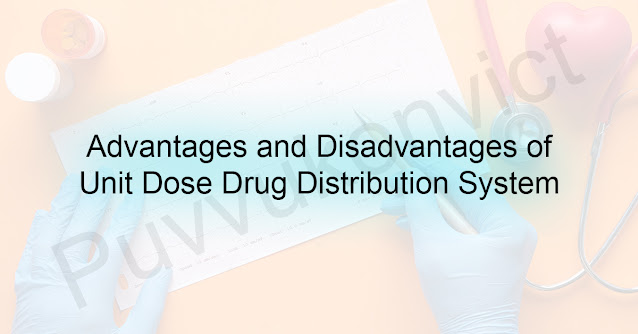Advantages:
Enhanced Accuracy: Each dose is individually packaged and labeled, reducing the risk of medication errors and ensuring patients receive the correct drug and dosage.
Improved Patient Safety: By minimizing the risk of medication errors and cross-contamination, unit dose systems contribute to overall patient safety.
Convenience: Nurses and other healthcare professionals can easily access the exact dose needed, streamlining the medication administration process.
Reduced Drug Waste: Since doses are pre-packaged and often come in single-use quantities, there is less waste compared to bulk dispensing systems.
Efficient Inventory Management: The system often integrates with pharmacy software to help track medication usage and manage inventory more effectively.
Compliance with Regulations: Many healthcare facilities are required to use unit dose systems to comply with regulations and standards for medication safety.
Streamlined Documentation: The unit dose system often includes barcoding and electronic tracking, facilitating better documentation and monitoring of medication administration.
Disadvantages:
Higher Costs: The initial setup and ongoing costs of a unit dose system can be higher compared to bulk drug distribution systems.
Increased Packaging Waste: Although drug waste is reduced, the packaging waste generated by individual dose packaging can be significant.
Requires Specialized Equipment: Implementing a unit dose system often requires specialized equipment and software, which may necessitate additional training for staff.
Potential for Disruption: Transitioning from a bulk to a unit dose system can disrupt existing workflows and require adjustments in practice.
Storage Challenges: Unit doses require more storage space for the individually packaged medications, which can be a logistical challenge in some facilities.
Limited Flexibility: In some cases, the system may not accommodate every type of medication, particularly those that are infrequently used or come in non-standard doses.
Overall, the unit dose drug distribution system is beneficial for improving medication accuracy and safety but can be costly and complex to implement.













0 Comments
Thanks for your feedback, ll get back to you soon